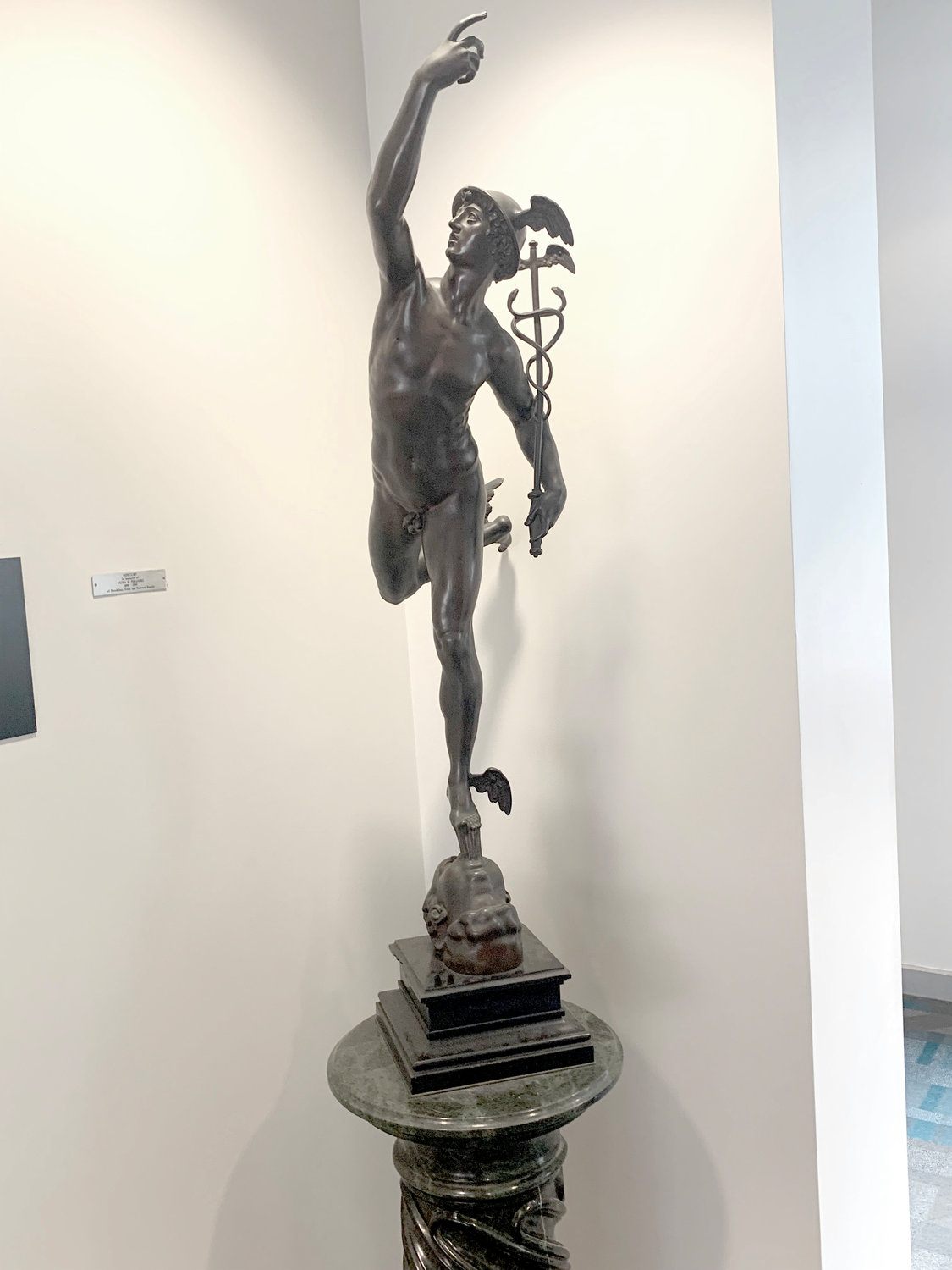The many splendors of trees
This toast to timber has multiple meanings, which I will list here. Our Arbor Day is one, of course. A symbol of ecology as well as Zionism. But for me, it was all about the poems by American artists that I learned by rote.
“Woodman, spare that tree!” and “He who plants a tree, he plants Hope!” Or even “The beauty of letting things go.” And then there’s that World War I poem by the doughboy Joyce Kilmer, which ends: “Poems are made by fools like me, but only God can make a tree.”
Now, my son likes to pester and torment me with the ultimate question: “What is the meaning?” I have to produce either something nonsensical and outrageous, or simply something simple and a bit stupid. He even grades me on my success or failure in this challenge!
Our Torah is called the Tree of Life. My family’s fortunes were based on the furniture business, which of course depends on the generosity of arbor days, and which began after all our human species, created by ha-Shem, came down from the high branches to walk the good earth on our hands transformed into feet.
And Moses was told by a burning bush to take off his shoes and feel the rhythms of the soil. Which may even explain why some among our founders believed the natives of our hemisphere were a Lost Tribe of Israel, which led to the code contributions of the Comanche during World War II.
There is a sculpture/statue in a local library that depicts Mercury, the Roman god most associated with Hermes, the Athenian god of theft and also wit, emerging from an infant’s mouth! What does this weird wizardry mean?
I would translate bronze into breezy flights of fancy with this translation, fit for a grandpa like me: “Out of the mouths of babes.”
Listen to the little souls and they will make much out of Tu b’Shevat throughout the brief hours but long shadows of winter, both in our Holy Land and wherever our soles and souls take us.
MIKE FINK (mfink33@aol.com) is a professor emeritus at the Rhode Island School of Design.








